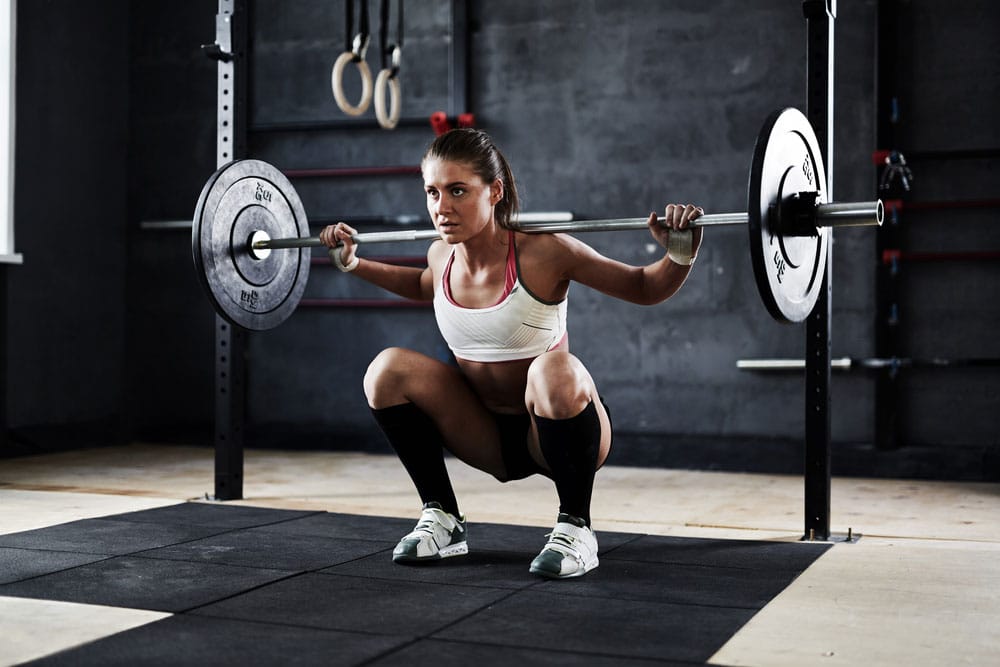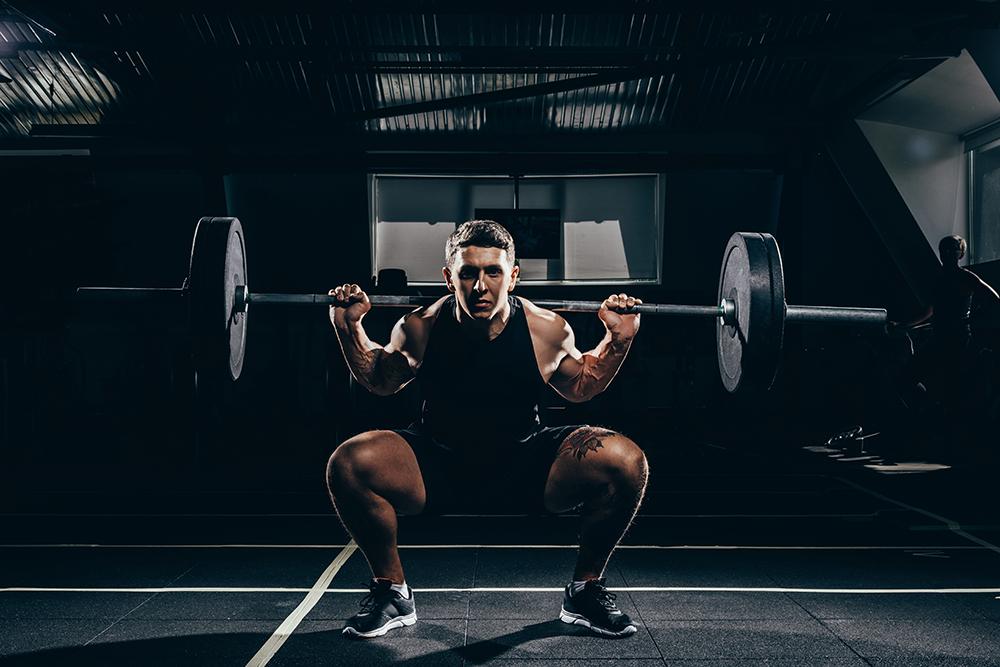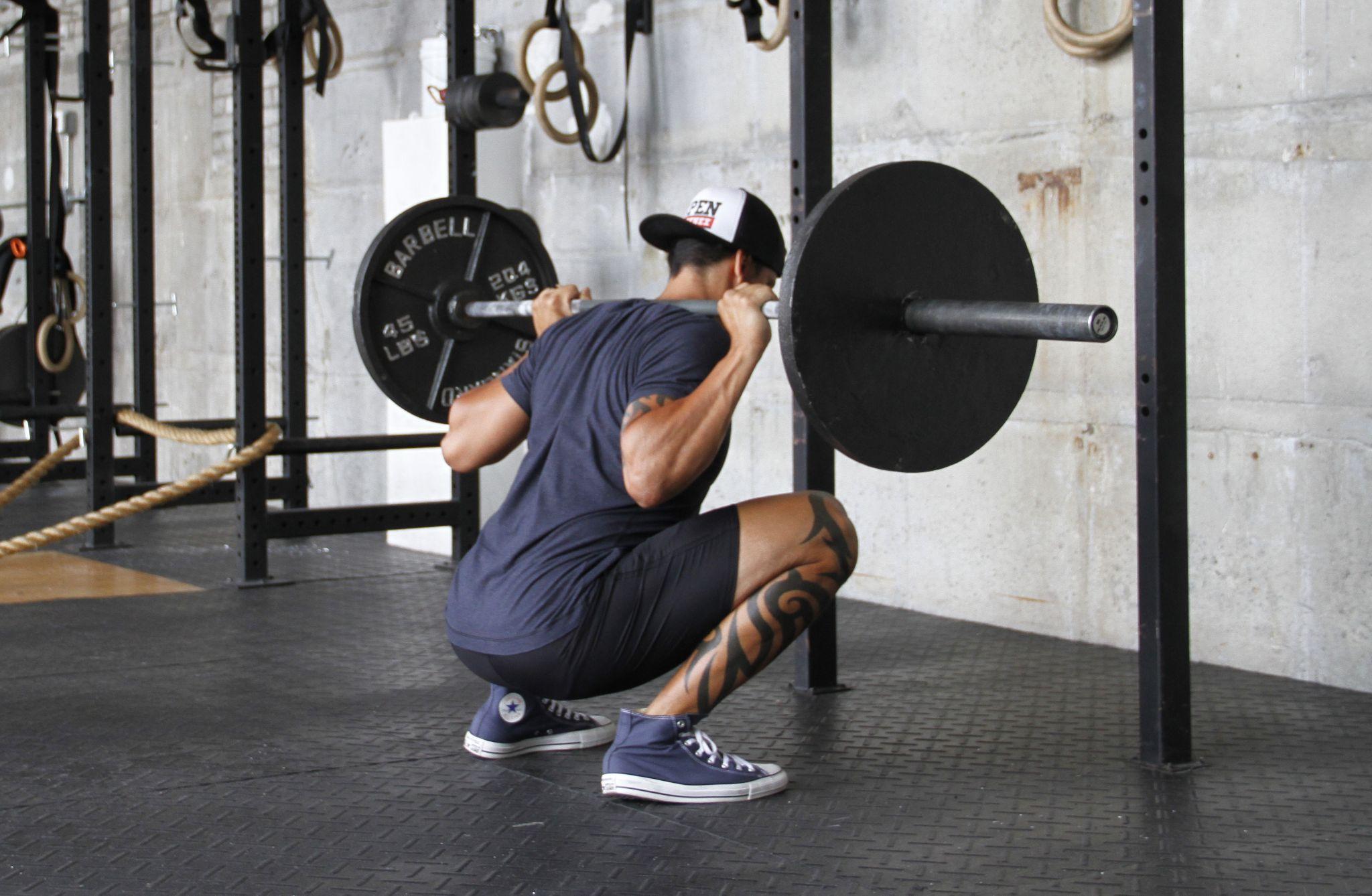Living a longer and healthier life is a universal aspiration. Many of us actively seek ways to improve our overall well-being, but often the answers lie in simple and unexpected places. In this article, we’ll explore an ancient yet lesser-known secret to longevity – the deep squat position. Deep squats, also known as “deep squats,” are a form of exercise that involves lowering one’s body into a seated position with the hips positioned below the knees. This unique posture, when practiced regularly, can yield remarkable benefits for both the body and mind. We’ll delve into the historical context, scientific research, and practical applications of deep squats, unlocking the mysteries behind their profound impact on human health.
The Forgotten Benefits of Deep Squats

Deep squatting involves bending the knees fully while keeping the heels on the ground, allowing the hips to rest close to the heels. This simple yet powerful position engages multiple muscle groups and provides a myriad of benefits. Squat Pad Protect your shoulders and neck during heavy squats with this high-density foam cushion. It provides comfort and support, allowing you to focus on perfecting your squat form.
1. Joint Mobility and Flexibility
The deep squats promote healthy joint function and flexibility. As you bend into the squat, the knees, hips, and ankles go through a full range of motion, enhancing joint mobility and preventing stiffness.
2. Improved Digestion
Incorporating deep squats into your routine after meals can aid digestion. The position encourages gentle compression of the abdominal organs, facilitating smoother digestion and reducing the risk of gastrointestinal discomfort.
3. Enhanced Posture: Deep Squats
Regular deep squats strengthen the core, back, and leg muscles, leading to better posture. This, in turn, reduces the strain on the spine and decreases the likelihood of developing postural issues.
4. Pelvic Floor Health: Deep Squats
Deep squatting has been associated with improved pelvic floor health. It helps in maintaining the proper alignment of the pelvic organs and can be beneficial for pregnant women and those experiencing pelvic floor issues.
Unraveling the Science Behind the Deep Squat

The deep squats may seem like a simple position, but their effects on the body are far-reaching, backed by scientific research. Studies have shown that this posture can positively impact various physiological systems. Bands Set Take your squats to the next level with this set of resistance bands. They add extra resistance, helping you build strength and flexibility while performing squat variations.
1. Muscular Strength and Endurance
Deep squats are a weight-bearing exercise that strengthens the muscles of the lower body, including the quadriceps, hamstrings, and glutes. It also engages the core muscles, contributing to overall strength and endurance.
2. Bone Density and Joint Health
Weight-bearing activities, such as deep squatting, stimulate bone remodeling, leading to increased bone density and improved joint health. This can be especially beneficial for aging individuals, reducing the risk of osteoporosis and joint-related problems.
3. Circulation and Cardiovascular Health
The deep squats position promotes blood circulation, especially in the lower extremities. Improved blood flow can enhance cardiovascular health and contribute to better overall circulation.
Practicing the deep squats

To fully harness the benefits of the deep squat position, it’s essential to perform it correctly and consistently. Follow these steps to practice the deep squat safely. Ankle Weights Intensify your squat workout with these adjustable ankle weights. They add resistance to your lower body, making your squat muscles work even harder.
Step 1: Warm-Up
Before attempting the deep squat, perform a gentle warm-up to prepare your muscles and joints. Dynamic stretches and light aerobic exercises can be effective in preparing the body for this position.
Step 2: Feet Placement: Deep Squats
Stand with your feet shoulder-width apart or slightly wider. Point your toes slightly outward to allow for a more comfortable squatting position.
Step 3: Gradual Descent
Bend your knees and lower your body gradually into the squat. Keep your back straight and chest lifted, and ensure your heels stay flat on the ground.
Step 4: Maintain Balance: Deep Squats
If needed, use your arms for balance by extending them forward or holding onto a stable object, like a railing or a low-hanging branch.
Step 5: Hold and Breathe
Stay in the deep squats position for a few seconds or as long as you feel comfortable. Focus on breathing deeply and evenly during the hold.
Step 6: Gradual Rise: Deep Squats
To return to a standing position, push through your heels, engage your leg muscles, and rise slowly.
This Unique Deep Squat Position Is the Little-Known Secret To Living a Longer Life
There you have it – the little-known secret to living a longer life lies in the simple yet potent deep squat position. Embrace this ancient practice and experience its transformative effects on your physical and mental well-being. Remember, the key to reaping the benefits is regularity and proper form.
Conclusion
In a world inundated with complex wellness regimens, the deep squat position stands as a beacon of simplicity and efficacy. As we reconnect with the practices of our ancestors, we uncover hidden treasures that contribute to our health and longevity. Embrace the deep squat as part of your lifestyle and experience the transformative power of this unique posture. A longer and healthier life may be just a squat away.
FAQs
Is the deep squat suitable for everyone, regardless of age?
Yes, the deep squat is generally safe for people of all ages. However, individuals with pre-existing knee or hip issues should consult a healthcare professional before attempting this posture.
How long should I hold the deep squat?
In the beginning, aim to hold the deep squat for 20-30 seconds and gradually increase the duration as your flexibility improves.
Can the deep squat help alleviate lower back pain?
Yes, the deep squat can strengthen the core and lower back muscles, potentially reducing lower back pain. However, if you experience chronic back pain, consult a healthcare provider before incorporating this posture into your routine.
Can pregnant women practice the deep squat?
Pregnant women can safely practice the deep squat, but they should do so with caution and avoid overexertion. It’s advisable to seek guidance from a prenatal fitness expert.
Can the Deep Squats replace other forms of exercise?
While the deep squat offers numerous benefits, it’s essential to maintain a well-rounded fitness routine that includes cardiovascular exercises, strength training, and flexibility exercises.
Can I perform the deep squat with a previous knee injury?
If you have a previous knee injury, consult a physical therapist or orthopedic specialist before attempting the deep squat. They can advise you on modifications to protect your knees while still enjoying the benefits of this position.




